Trigger finger is a common finger aliment. It is thought to be caused by inflammation and narrowing of the A1 pulley. This causes pain, clicking, catching, and loss of motion of the affected finger or thumb.
The finger or thumb becomes “stuck” in a bent position due to inflammation in the tendon sheaths.
Symptoms
Symptoms of trigger finger can include pain at the base of the affected finger or thumb. This happens when you move it or press on it, and stiffness or clicking when you move the affected finger or thumb. It is more common first thing in the morning.
Although trigger finger can occur in anyone, it is more frequent in the diabetic population and in women. Women in their 50’s or 60’s. It is also common with medical conditions such as rheumatoid arthritis and gout. Repeated and strong gripping may lead to Trigger Finger, but the cause is not known.
Diagnosis
The diagnosis is usually straightforward, as most patients complain of clicking or locking of the finger.
Treatment
The goal of treatment is to reduce inflammation in the tendon and sheath to allow unimpeded tendon movement. The best course of treatment for patients depends on the severity of trigger finger and the number of fingers affected.
In almost all cases, nonsurgical treatment is enough to bring relief from symptoms. Treatment including splinting, corticosteroid injection, or surgical release, are very effective.
Non-Surgical Treatments
- A splint that immobilizes the affected finger for a few weeks is often enough to resolve trigger finger. Those who experience worse symptoms in the morning may benefit from night splinting.
- Ice therapy for the affected finger can decrease inflammation and dull pain. An ice or cold pack can be applied for 5 to 10 minutes every few hours.
- Non-steroidal anti-inflammatory drugs, such as ibuprofen, may be able to treat the underlying inflammation that causes trigger finger.
- A cortisone injection is a common treatment that reduces inflammation at the affected tendon. A cortisone injection is usually successful if the patient does not have diabetes or an inflammatory condition. However, some people who get symptom relief with a cortisone injection and may experience a return of symptoms within 6 months.
If you have problems pouring hot water safely, click here to purchase your own Uccello Kettle.



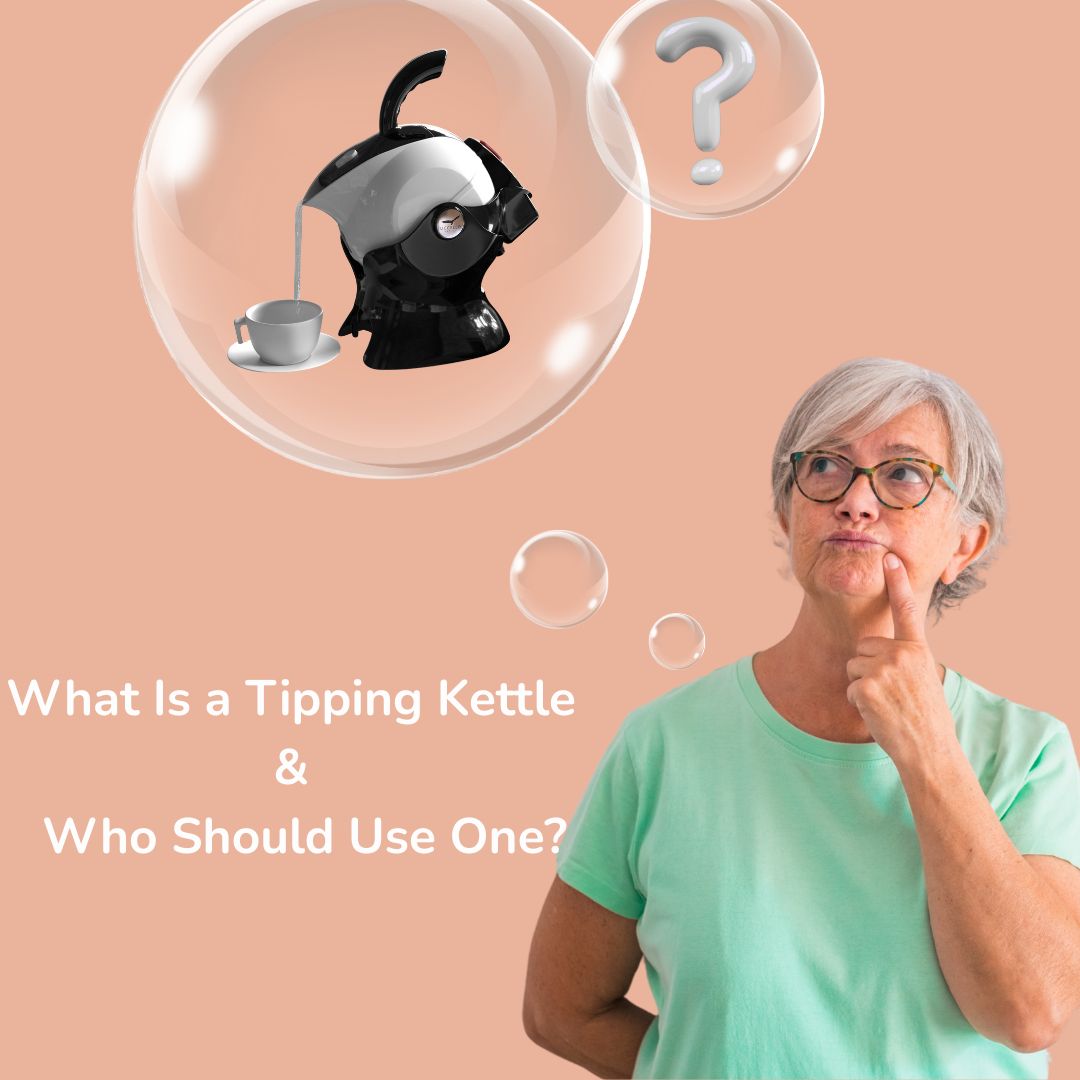

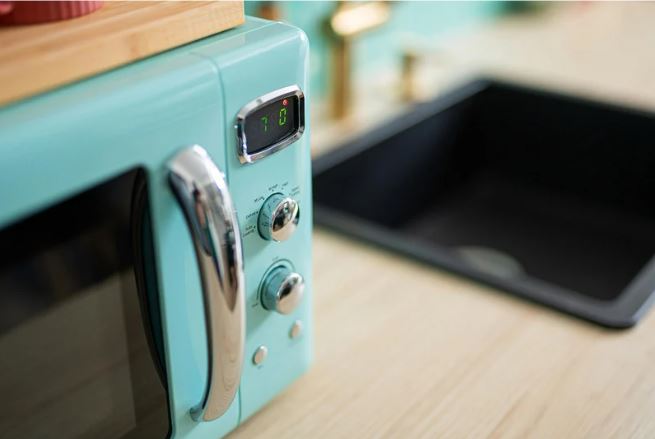
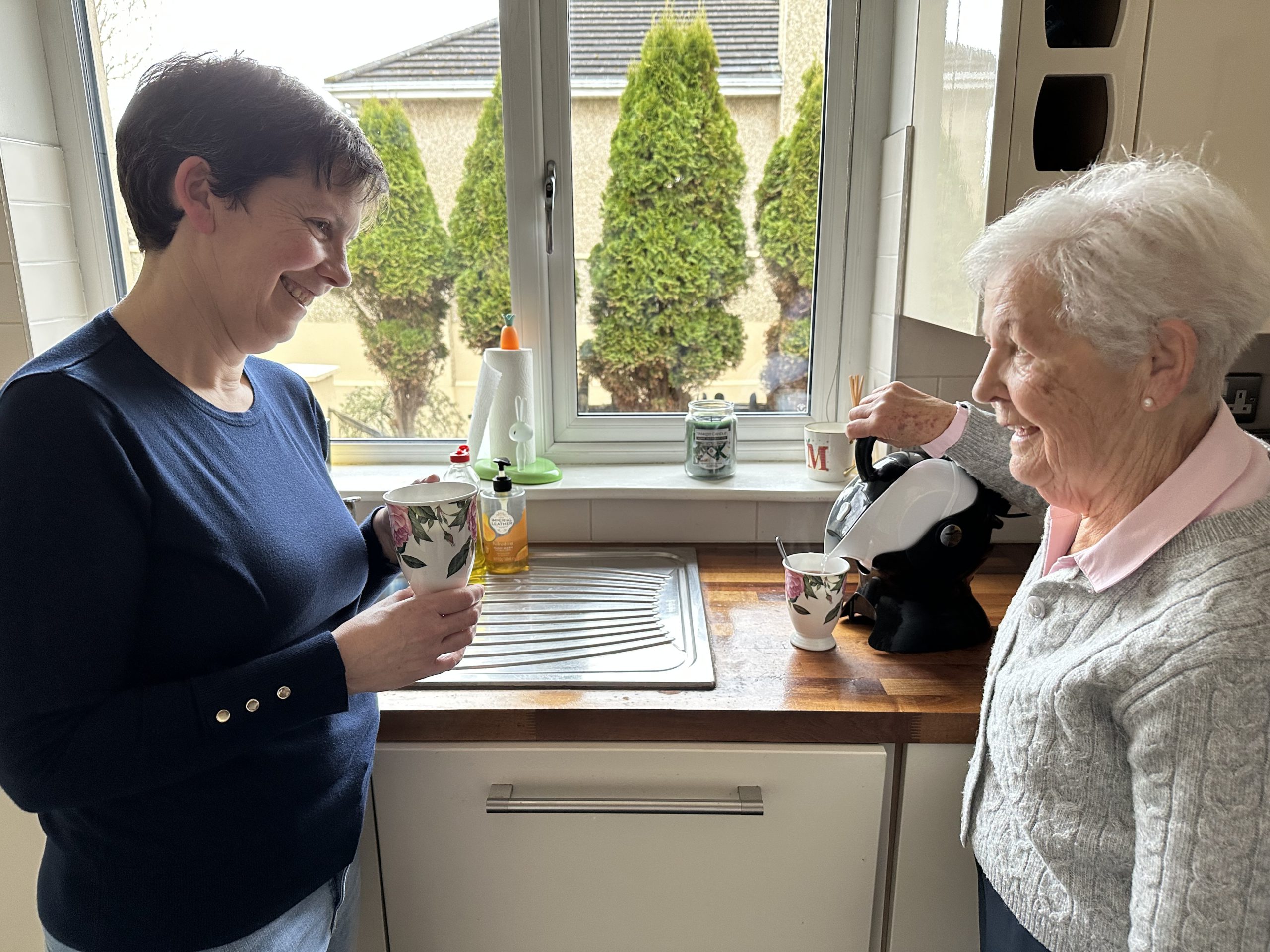

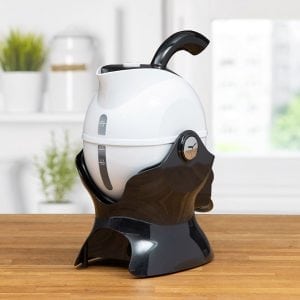
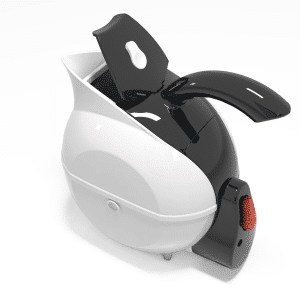
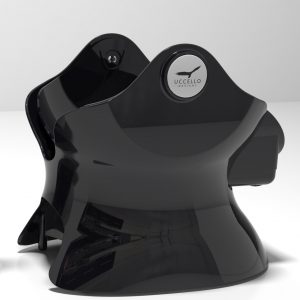
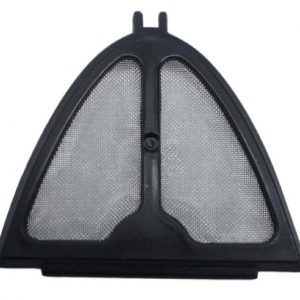
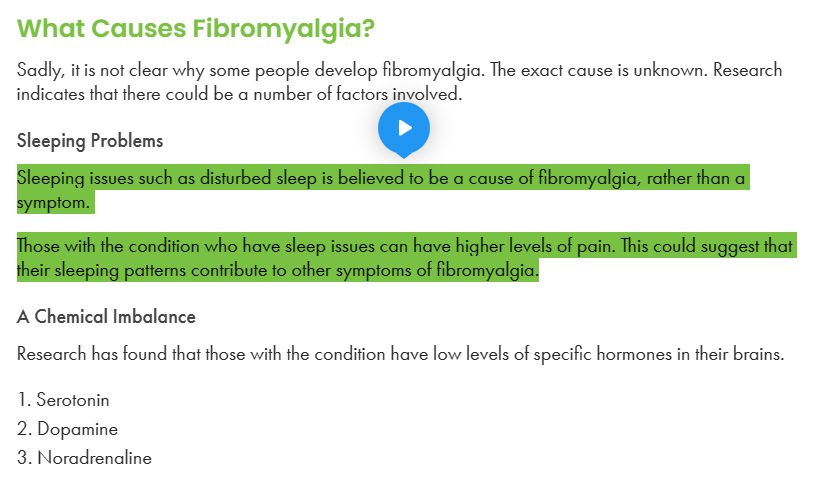
Leave a Comment